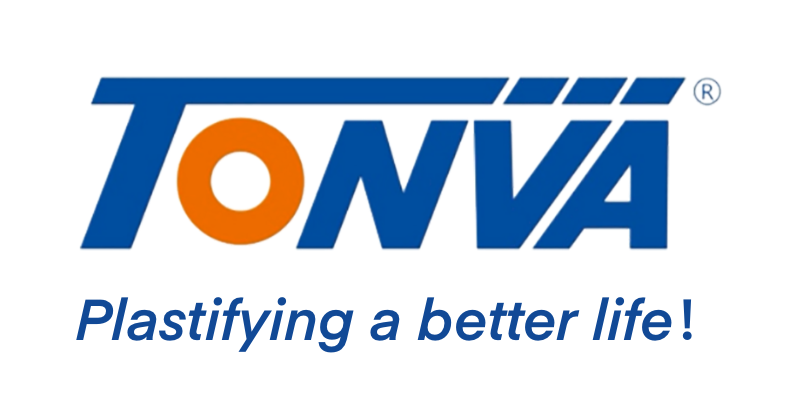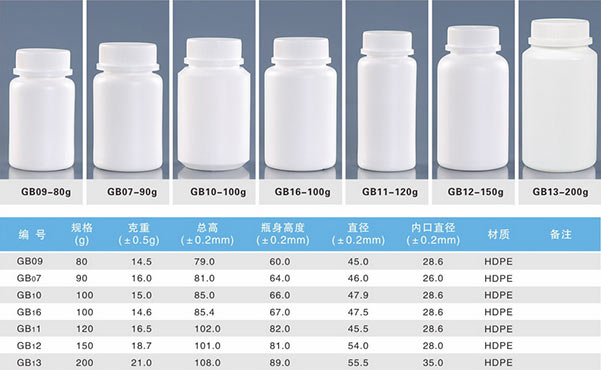Pharmaceutical plastic bottles should have enough stiffness and beautiful appearance, which can attract the attention of users in the appearance, and ensure that consumers can have numerous choices and usability in use. The most common shape of medicinal plastic bottles is round, square, oval, etc. From the point of view of use, each has its own advantages and disadvantages. Round plastic bottle stiffness is higher, but appearance is not beautiful. The shape of the square plastic bottle is beautiful, but it is not easy to control the thickness of the plastic bottle wall.
In the production of medicinal plastic bottles, it is necessary to carry out good control and design, make and produce according to certain production and processing technology, and have good performance and function, which can fully show important value in the industry.
1. In the design of extruded medical plastic bottles, if the material is high-density polyethylene or polypropylene, the cross section of the plastic bottle should be rectangular or oval, for the material is low-density polyethylene or other flexible plastic bottles, the cross section should be round. This facilitates the extrusion of the contents from the plastic bottle. The main plastic parts used with the plastic bottle mouth are the cap and the seal. The design of plastic bottle mouth should focus on examination; Considering how to make the mouth of plastic bottle fit the bottom of plastic bottle better with the cap and seal is the weak part of the mechanical properties of plastic bottle. Therefore, the bottom of medical plastic bottles is generally designed to be concave; The corner of plastic bottle, and concave place, all do larger arc over. In order to facilitate stacking of plastic bottles and increase the stacking stability of plastic bottles, the bottom of plastic bottles should be designed with internal grooves.
2. When labeling is used on the surface of medical plastic bottles, the labeling surface should be flat. Can design a “frame” on the surface of the plastic bottle, so that the label accurate positioning, no movement. In blow molding, the first contact part of the billet blowing, always tends to be the first hardening part. Therefore, the wall thickness of this part is also larger. The edge and corner part is the last contact part of the billet blowing, and the wall thickness of this part is small. Therefore, the edges and corners of plastic bottles should be designed into rounded corners. The stiffness and bending resistance of plastic bottles can be improved by changing the surface shape of plastic bottles, such as the central part of plastic bottles is relatively thinner, and the circumferential groove or convex rib on the surface of plastic bottles is increased. Longitudinal grooves or stiffeners can eliminate the deviation, droop or deformation of plastic bottles under long-term load.
3. Because most plastics have notch sensitivity, plastic bottles in the sharp corners, the root of the mouth thread, neck and other parts, easy to produce cracks and cracking phenomenon, so these parts should be designed into rounded corners. For the transfer of rectangular plastic bottles, it is necessary to support most of the load of plastic bottles, so local increase of the wall thickness, but also to improve the stiffness and load strength of plastic bottles.
4. The printing surface of medical plastic bottles is the most concentrated part of consumers’ attention. The printing surface should be flat and continuous; If the plastic bottle contains handles, grooves, stiffeners and other structures, the design should be taken care not to cause inconvenience to the printing operation. Oval plastic bottle, stiffness is also higher, but the manufacturing cost of the mold is higher. Therefore, in order to ensure the stiffness of plastic bottles, in addition to selecting materials with high stiffness, the shape design of plastic bottles should be adopted to enhance the stiffness and load resistance of plastic bottles.
Post time: Oct-31-2022

